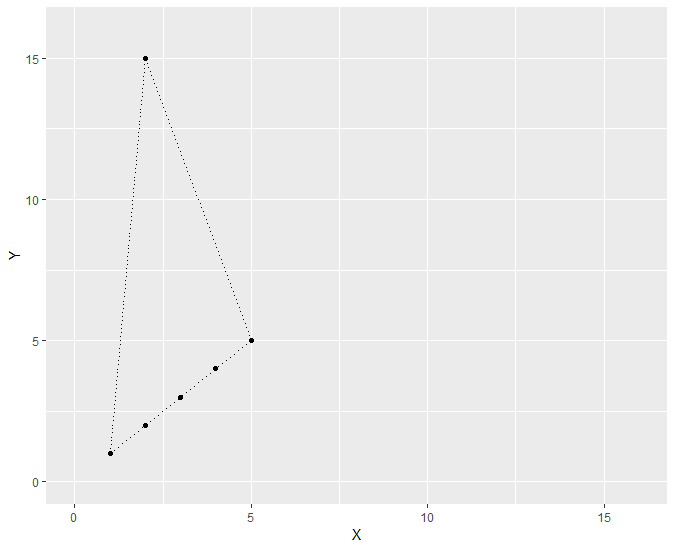I was looking through the answers to this question, and all of them seem to have some form of symmetry between the variables.
I'll walk through the examples in that question so you can see what I mean.
Coin Game Example $Y = \pm X$ and $X = |Y|$ (symmetrical functions)
The $x^2$ and $x$ Example Both the uniform distribution and squaring the samples of the uniform distribution are symmetric about the y axis.
Circle Example Circles are symmetrical across both X and Y axes. (Can include many other axes as well, but I'm not 100% that if you chose different axes that you would get no correlation, so I'm just going to say X and Y.)
Car Velocity Example Similar to $x$ and $x^2$ case, $K$ is essentially $V^2$, and $V$ is essentially $\pm \sqrt{K}$. Again, both functions are symmetric.
So, does 0 correlation and dependence imply a symmetry in the joint variable space? Can anyone describe the symmetry mathematically or provide a mathematical proof that there is a symmetry in the joint space?



